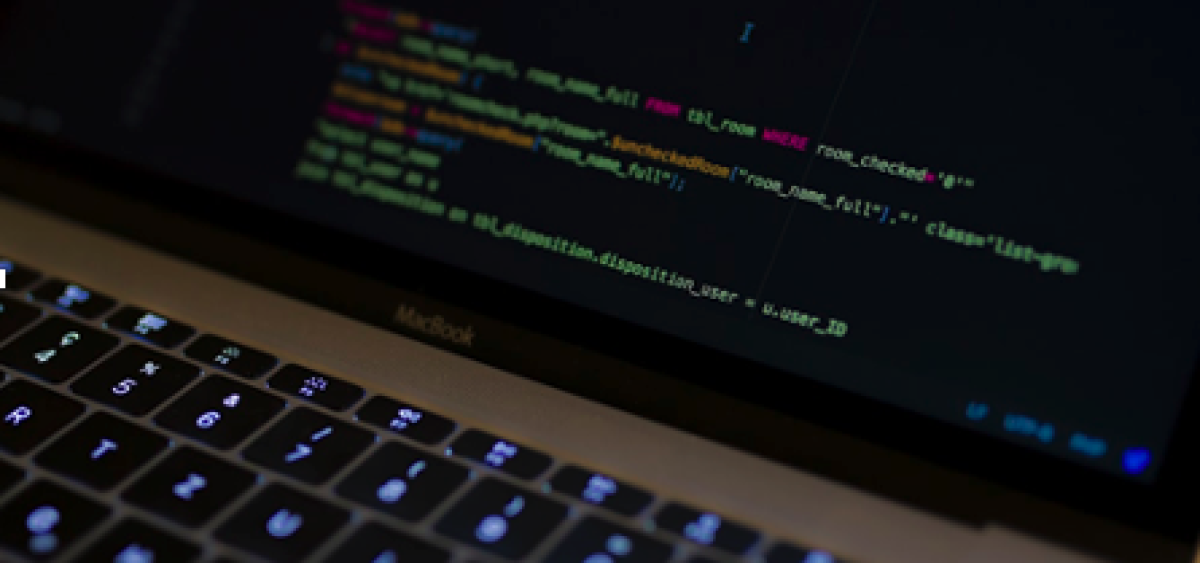How to Become Forex Broker in Germany
You've probably heard that Germany is an attractive market for investors and hence a great place for forex trading. However, there are a few more statistics you probably missed out on.
One is the fact that Germany is the largest economy in Europe and ranks as the fourth-largest global economy. As a matter of fact, German traders make up a large portion of all Forex traders in the world.
So if you're reading this article to arm yourself with knowledge on how to become a forex broker in Germany, you are in the right place.
In this article, we take you through the steps needed to become a forex broker and how you can implement some of these steps. But just before that, let's understand who a forex broker is.

Who is a Forex Broker?
A Forex broker is a special company that performs the intermediary function between a trader and the currency exchange. It is also called a dealing centre, which provides access to various financial instruments and analytics.
Examples of forex brokers in Germany include; AvaTrade, Pepperstone, Swissquote, etc.
5-Step Process to Become a Forex Broker in Germany
We have compressed the process of becoming a forex broker in Germany into 5 steps you can easily remember and implement.
Let's take a look:
Step 1: Marketing Research
Step 2: Meet Legal and Regulatory Requirements
Step 3: Set Up Your Business Structure and Model
Step 4: Establish Technology and Infrastructure
Step 5: Develop and Execute a Marketing Strategy
Let's look at each of them more in detail.
Step 1: Marketing Research
The first step to starting a forex brokerage in Germany is to perform research.
When doing your research, there are few things to look out for:
- Understand who your competitors and target audience are
- Research BaFin (Federal Financial Supervisory Authority) regulations and licensing requirements
- Understand MiFID II compliance and Anti-Money Laundering (AML) regulations, amongst others.
Step 2: Meet Legal and Regulatory Requirements
To operate legitimately in Germany as a forex broker, you need to be licensed by the local regulatory body, Federal Financial Supervisory Authority (Bundesanstalt für Finanzdienstleistungsaufsicht or BaFin).
BaFin grants authorization only after you have met certain conditions. Some of them include:
- Having sufficient capital (i.e a minimum of €125,000, if you are trading on behalf of clients and €730,000 if you are trading for your own account)
- Compliance with ESMA Regulations (Leverage restrictions: 30:1 for major currency pairs and 20:1 for non-major currency pairs.)
- Negative balance protection to prevent clients from losing more than they deposit.
- Ability to operate online without setting up offices in Germany
Step 3: Set Up Your Business Structure and Model
You need to decide on your business structure and model.
This includes deciding what style of brokerage you want to run, which markets to target, and what services to offer.
Forex brokerages mainly follow two business models: market maker and straight-through processing (STP). Market makers counterbalance their clients' trades, whereas STP brokers send them directly to liquidity providers.
After deciding, it is time for you to open a corporate bank account for the brokerage and secure initial funding.
Step 4: Establish Technology and Infrastructure
Under this step, you need to set up the technology and infrastructure by partnering with payment service providers, banks, trading software providers and implementing a CRM system. You also need to set up customer support services.
Step 5: Develop and Execute a Marketing Strategy
The process does not end if you do not develop a marketing plan to attract clients. This could include the use of SEO, PPC, and social media. The point here is to set up a plan that will help you stay competitive in the market.
Conclusion
Setting up a forex brokerage in Germany requires a lot of planning and research, and you do not need to walk through the whole process alone.










